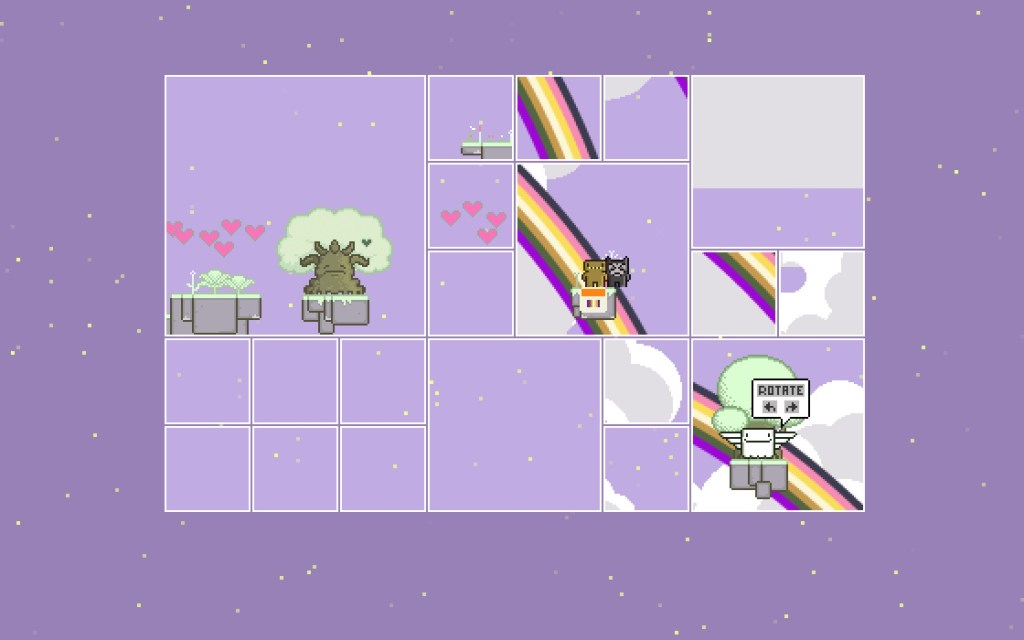Pure puzzle platforming bliss.
Where is my Heart? snuck up on me in a huge way. When offered a few indie games to review for GameRevolution as a way to cut my teeth, Where is my Heart? immediately stuck out as something I’d like to try. I called dibs, installed it, and settled in for a session.
What I found, at first blush, was a game built with almost typical pixelated graphics and a chiptune-esque soundtrack. Where is my Heart? immediately nailed its aesthetic, setting itself down as yet another indie following a now tired trend… until I took to Google in-between opening stages.
Where is my Heart?, developed by Die Gute Fabrik (you might know them from Sportsfriends), isn’t really new at all. This puzzle platformer actually launched for the PlayStation Network back in 2011. It only recently made its way onto Steam by way of Mac and PC this spring. So, while I was already starting to knock this title for being yet another entry in the indie army of pixelart mishmash, I had to check myself.
This game was on the front half of that wave and it arrives with a sense of style all its own. Now that those early inhibitions are out of our system, let’s look at Where is my Heart? as the truly strong outing it actually is.
Do me a favor: mentally picture any 2D side-scroller in a still moment hovering in the space directly in front of you. Take that still in your hands and smash it on the ground like a small pane of glass. Now, the still remains playable, but the pieces have been scrambled all over. You’ll have to navigate the platforming space with only subtle clues to show you where the pieces of shattered level connect.
Here’s a set of shots that demonstrates what I mean. Keep in mind, the act of rearranging tiles to make sense only happens with a certain character in certain stages.
A stage may look like the image above. The tiles don’t line up at all, but clues like the bend of the rainbow or movement of the cloud will tell you what will happen if you jump from one space to another.
In reality, that stage looks like this unscrambled.
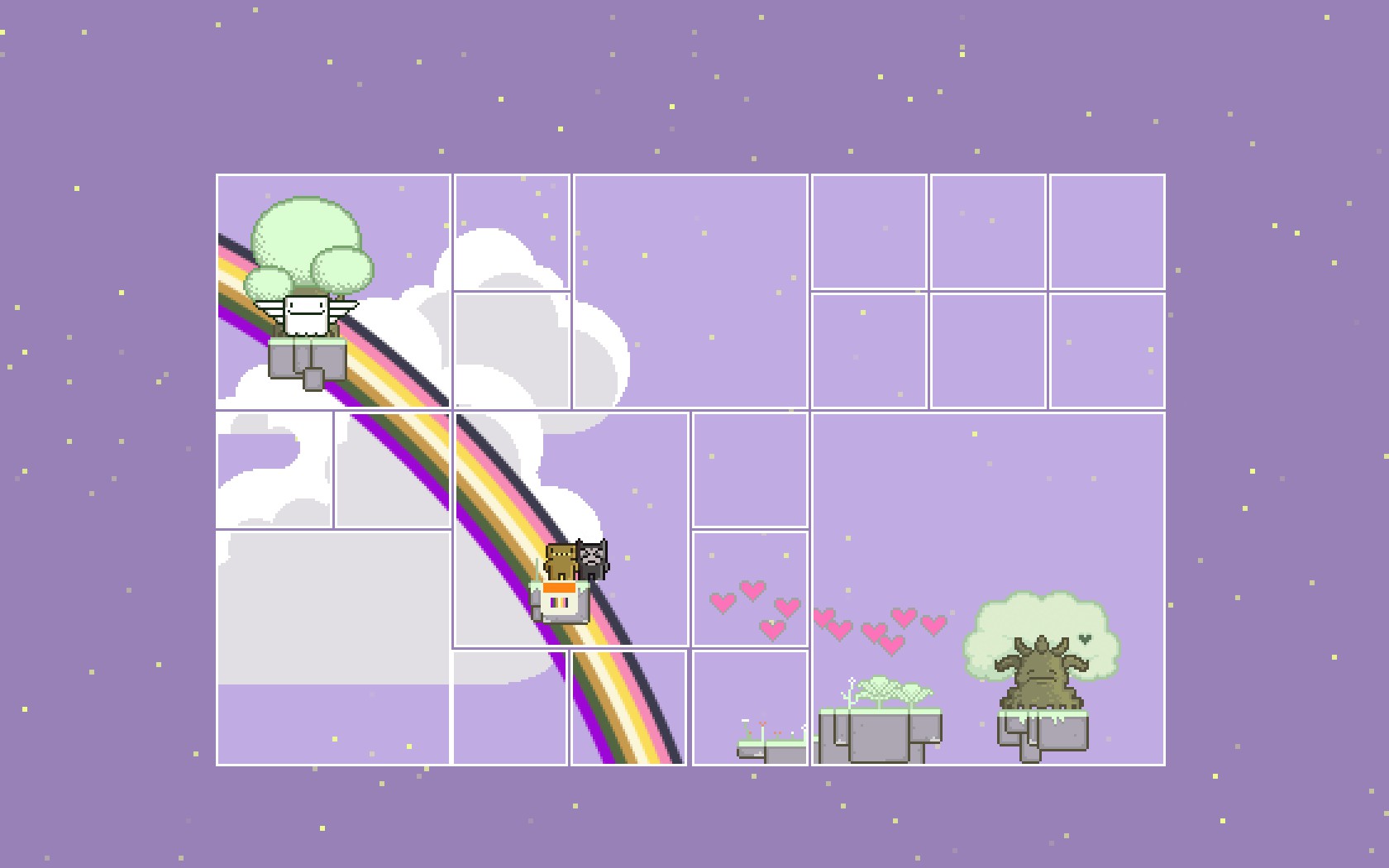
Where is my Heart? then becomes a platformer with spatially challenging puzzles. You work with three characters, each with the ability to change into powered up ancestors with special level-based interactions, in order to climb into the mouth of a tree.
You collect hearts along the way, some more difficult to grab than others and you push through 25-ish levels with advancing puzzle mechanics.
At times, the platforming and puzzling might amount to little more than random jumping and diving until the space starts to make sense. The decision to play that way, however, rested with me instead of the game. Where is my Heart? taught me early on that each stage’s environment would tell me how to advance if I only slowed down and paid it its due attention. Taking a break, slowing down and being lulled into the game’s world actually took work on my part.
However, once I honed in on that fact and started treating each stage with thought and patience, I was rewarded with a game that I could solve. Each stage introduced a new twist on a mechanic I’d previously mastered, and the final set became rather devilish in that delightful sort of way.
My big gripe with the game comes from a missing feature that I can’t quite wrap my head around. Where is my Heart? arrives entirely without controller support. When I’m in relax mode, as I found I needed to be in to enjoy this game, I play on my TV in Big Screen mode but I couldn’t do that here because I needed to stay strapped to my keyboard.
Which is odd because Where is my Heart? has already been out on platforms that use controllers. The PlayStation line, in fact, requires them for play. And yet, here we are with a PC port that arrives sans input support. It’s a problem, and one that sparks regular Steam Forum posts to boot.
I digress.
Where is my Heart? is a better title than I had anticipated. What started as a name in a list of indies that I was given a chance to review quickly became one of the stronger games in my Steam library. If you’re down with tough puzzlers and the retro vibe, give it a shot. Be warned, you’ll be using your keyboard here the whole time.
Review based on PC version. Code provided by publisher. Also available on PlayStation 3, PlayStation Portable, and PlayStation Vita.
-
Unique puzzle mechanic
-
Some good spatial head-scratchers
-
Relaxing aesthetic
-
Great soundtrack
-
Missing gamepad support
-
Aging port lacking fresh features
Where Is My Heart?
-
Where Is My Heart? #1
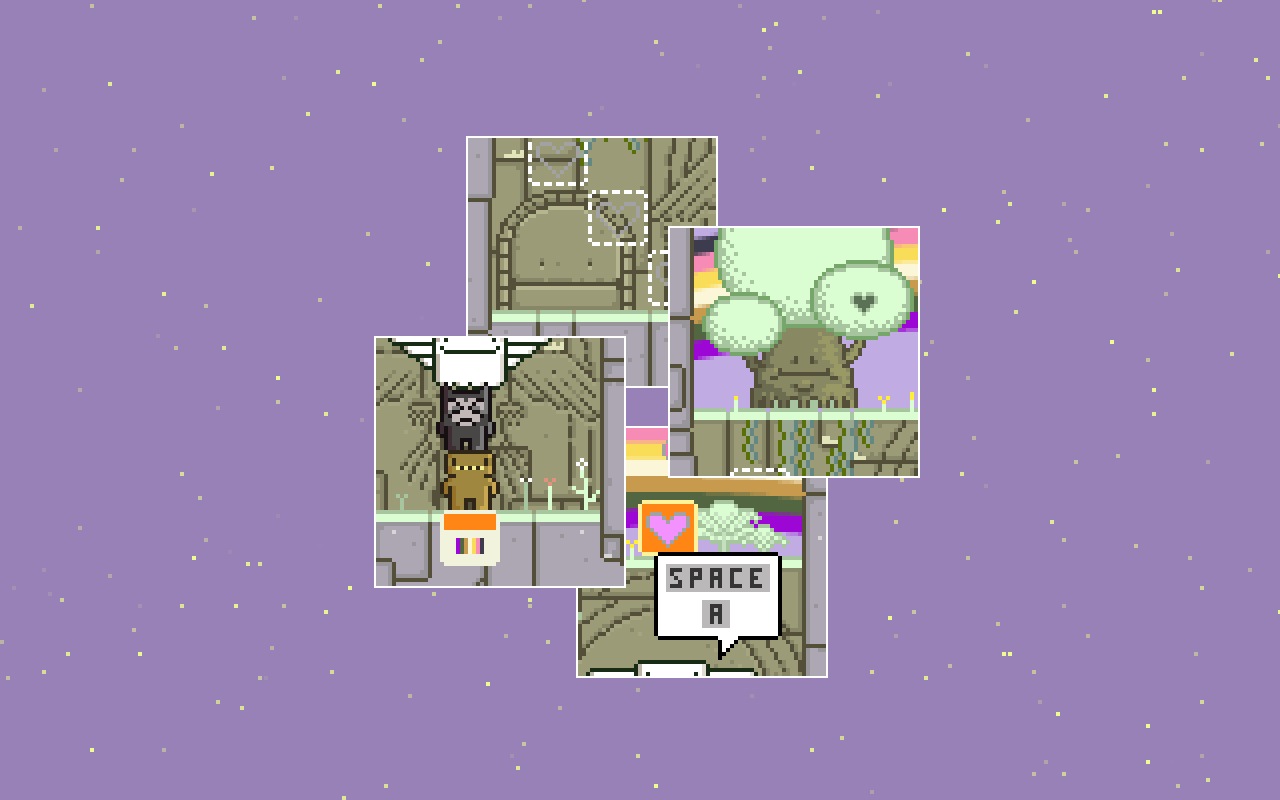
-
Where Is My Heart? #2
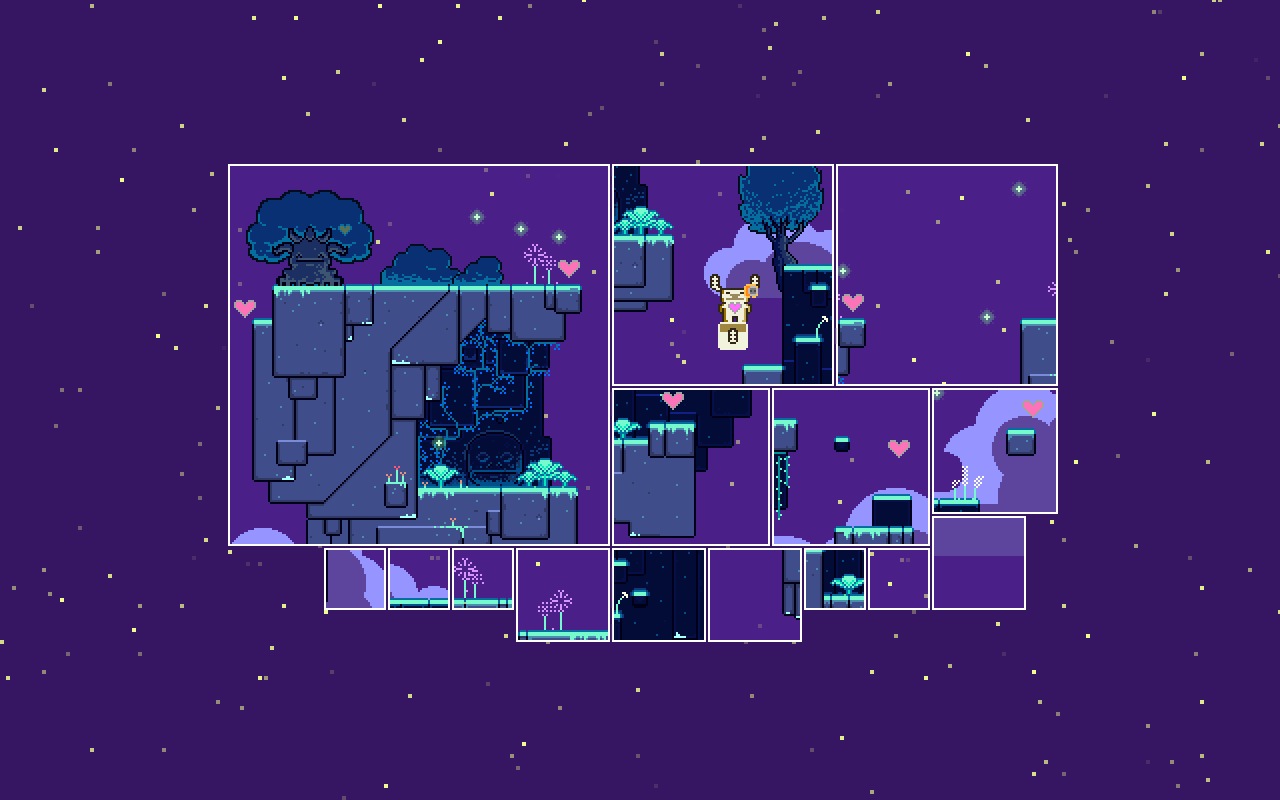
-
Where Is My Heart? #3
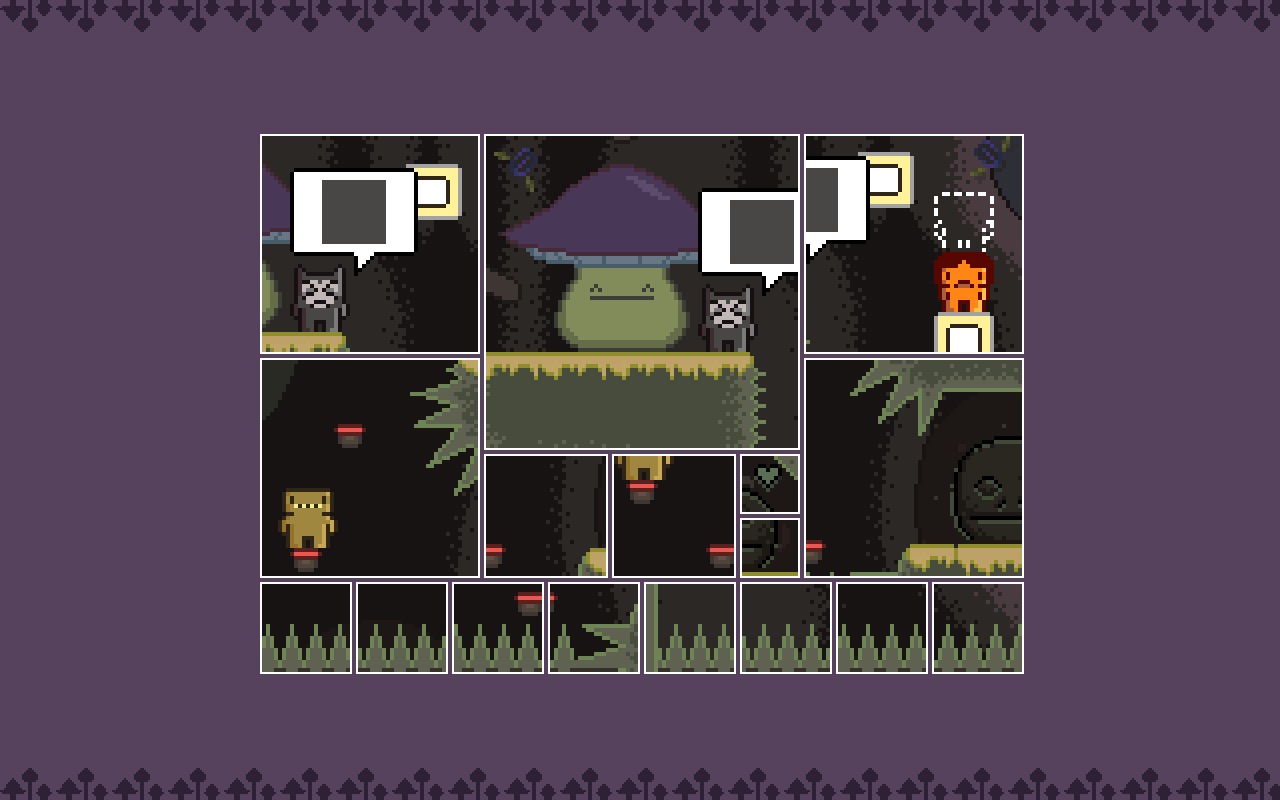
-
Where Is My Heart? #4
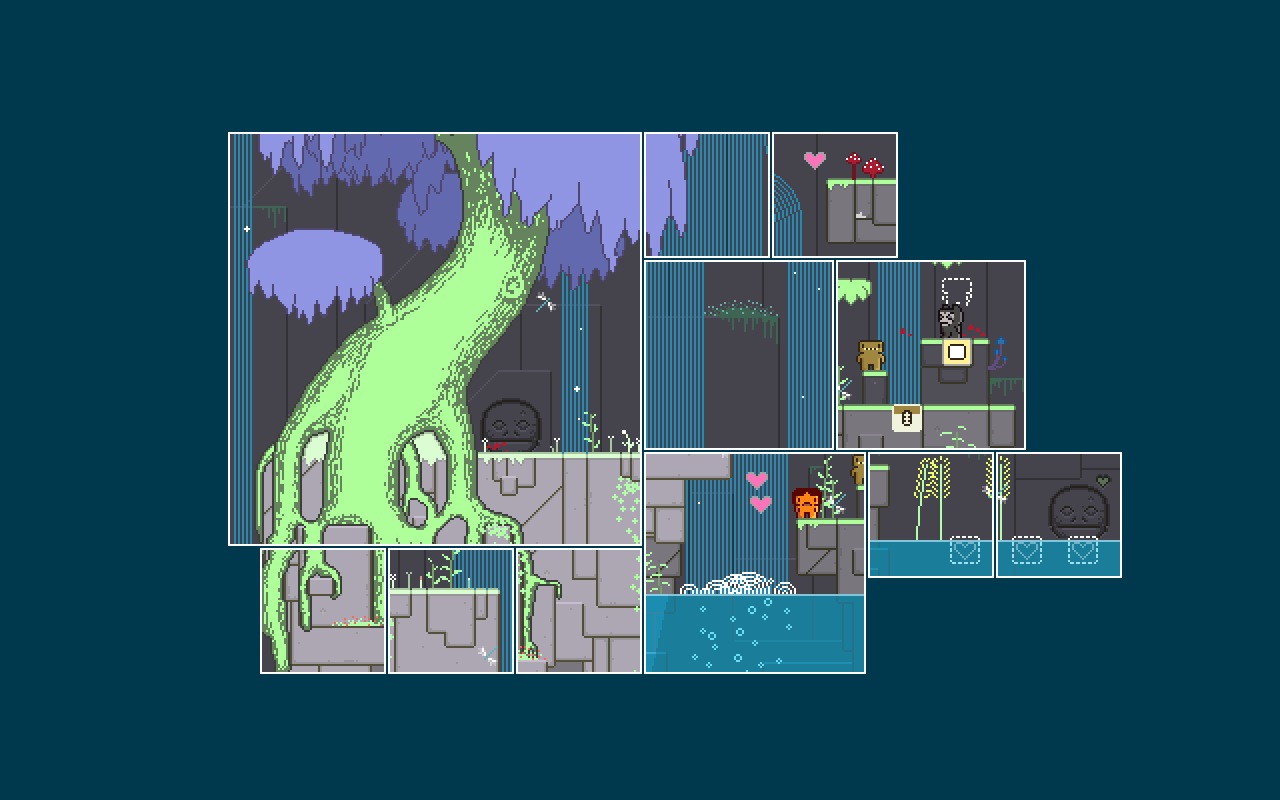
-
Where Is My Heart? #5
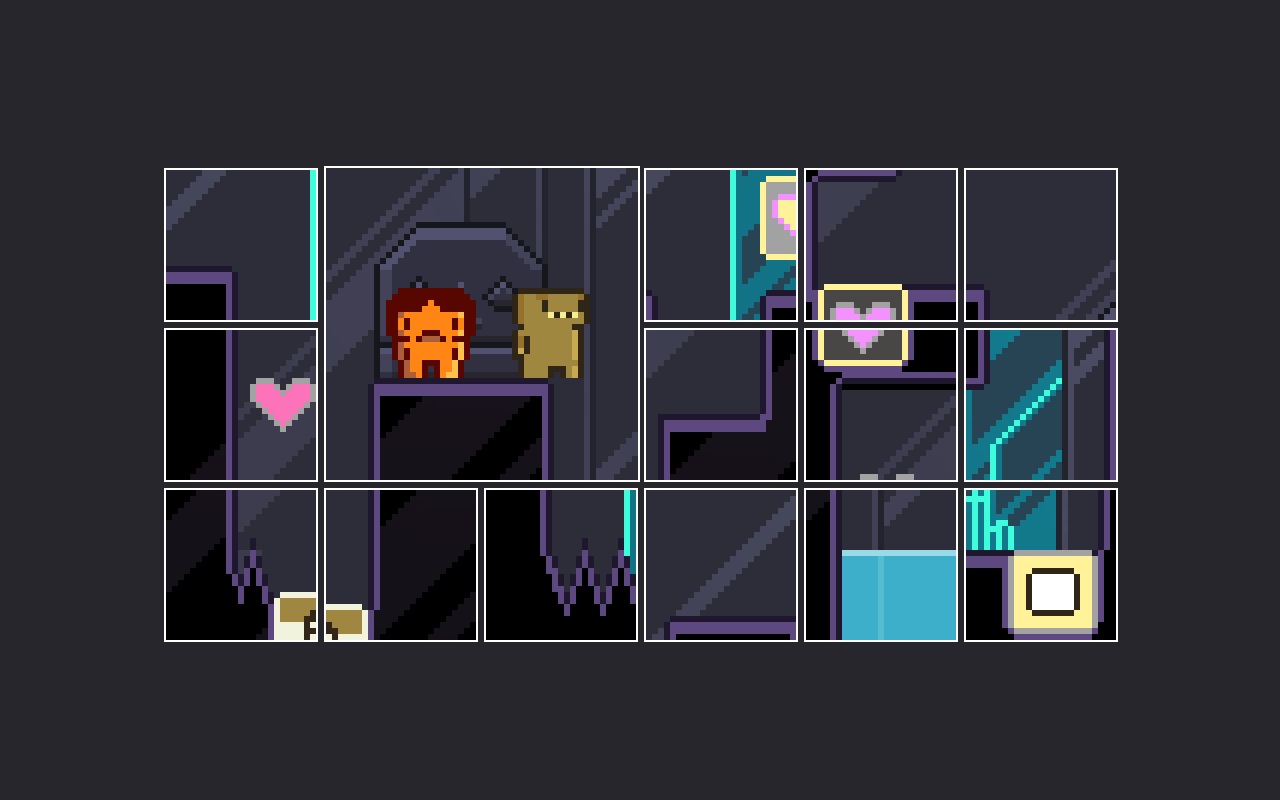
-
Where Is My Heart? #6

-
Where Is My Heart? #7

-
Where Is My Heart? #8

-
Where Is My Heart? #9

-
Where Is My Heart? #10

-
Where Is My Heart? #11

-
Where Is My Heart? #12

